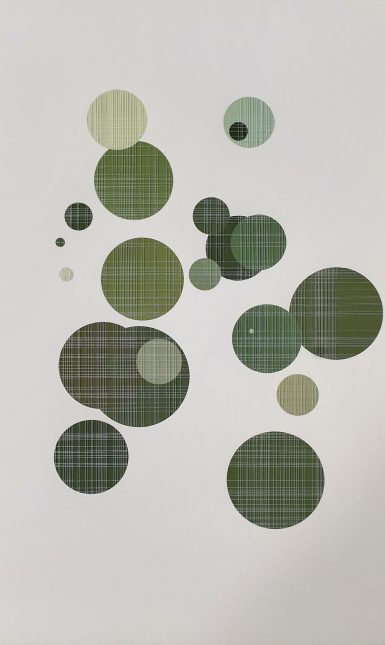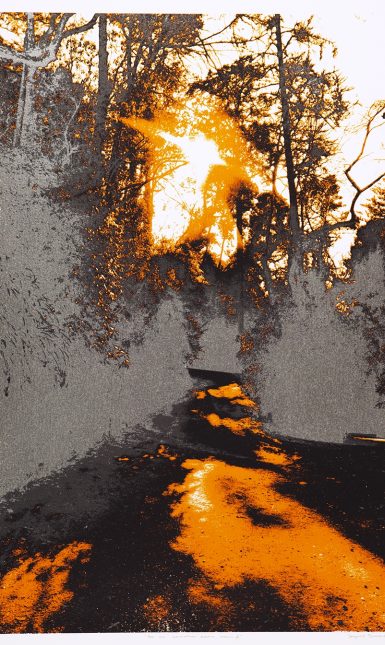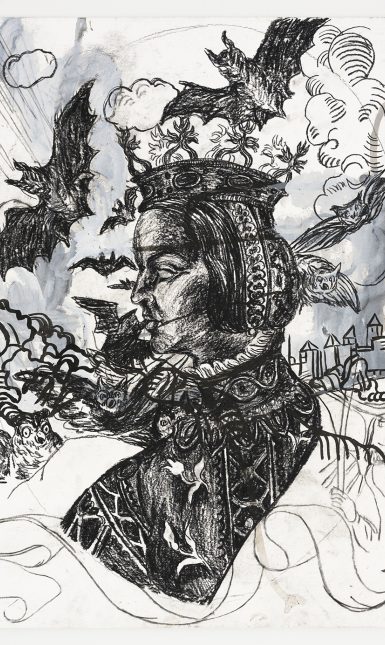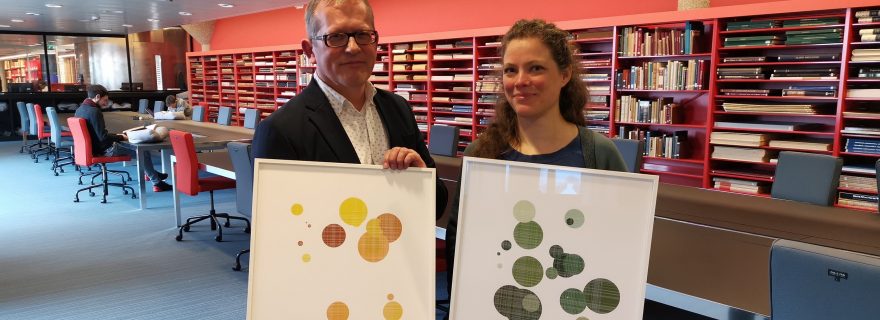Women artists in the Leiden Special Collections
Women artists are more present in the University Library's collections than ever before.
The art world has been dominated by men for centuries. Even today men often assume key positions as curators, critics, historians or collectors. The artworld is changing, however. Not only are women taking up more positions within established institutions like museums, but there are also more women artists than ever before. In the art collections of Leiden University Libraries, men are still in the majority. The number of works created by women before the 21st-century amount to less than two dozen. It is the aim of the library to collect drawings and prints that are representative of the developments in the graphic arts in the Netherlands as well as in society in general. This mission statement demands that women be equally well represented in the collections as men. Especially since the majority of artists working in the graphic arts today are female.


In the past fifteen years – the period in which the library has been seriously collecting contemporary art – almost 50 artists have been added to the collections. Two-fifths of those are women artists, 19 to be precise. When looking at the number of acquisitions, these women artists represent 65 works of art, while the men represent 100 works, a more or less equal percentage. But when we consider the changes in collecting policy throughout this fifteen-year period, the picture is somewhat different. While at the beginning of this period, the majority of artists whose work was purchased was male, women artists are now in the majority among new acquisitions. There has been a definite shift towards the better and fuller representation of women in the Leiden collections.
The artists currently in the library’s collections, purchased between 2005 and 2020 are Annesas Appel, Anuli Croon, Florette Dijkstra, Jacomijn den Engelsen, Hanneke Francken, Cathelijn van Goor, Hanna de Haan, Joke van Katwijk, Natasja Kensmil, Gracia Khouw, Sandra Kruisbrink, Rineke Marsman, Nicole Montagne, Inez Odijk, Kim Rikken, Alexandra Roozen, Ingrid Simons, Petra Tolboom and Matilde Zijp.


Together these artists represent a wide variety of styles and subjects. Is their work different from that made by men? In general, no, it is not. Although the portraits Jacomijn den Engelsen and Inez Odijk, with children as the subject, betray a peculiar sensitivity to the emotions of the human face not often found in the work of their male colleagues. The systematic exploration of reality by Annesas Appel may strike us as typically male but her interest in patterns, of textiles for example, and the inclusion of actual needlework in her prints, might be understood as giving them a particularly feminine touch. The work of Natasja Kensmil deals with history, the establishment of power and its consequences for present-day society, including the position of women. But not every woman artist displays a gender-specific approach to their art. And why should they?


Have we reached our goal? Not yet, but we are moving in the right direction. Collecting policies of the library will continue to reflect developments in art and society. There can be many reasons to acquire a work of art. It can bring something new to the collections, it can strengthen already present tendencies or it can have a special appeal within the university context. But in the end, the collections have to mirror society’s creativity and diversity, whatever gender the artist is.
This blog post is part of the thematic programme ‘Oppression and Freedom’, in which Leiden University Libraries (UBL) explores views on identity, relations and the interaction between individuals and groups in the past and present. The programme includes several exhibitions, workshops and lectures on the subject of oppression and freedom. In addition, there will be blogs, videos and podcasts relating to items in the Leiden Special Collections. More information is available on the Leiden University website.


